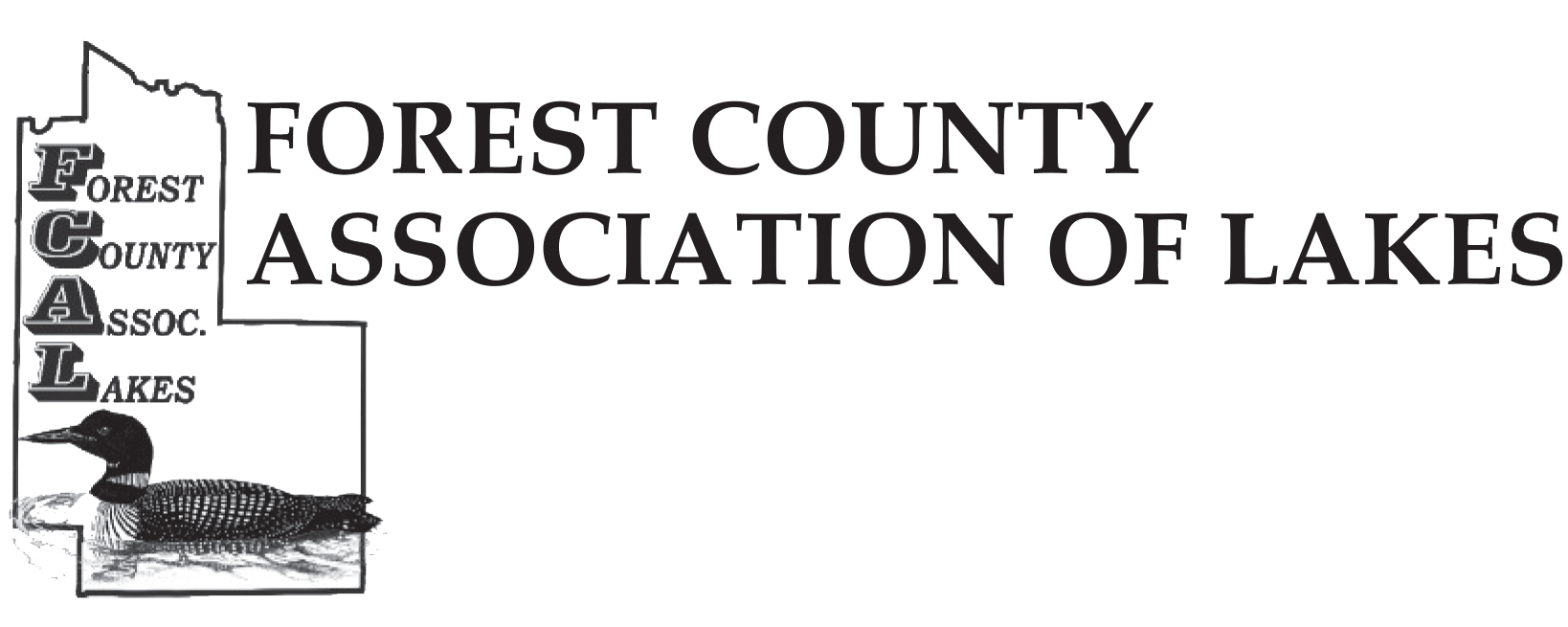Most residential mosquito control companies use insecticides known as pyrethrins, which are chemicals derived from chrysanthemum flowers that are toxic to insects; or more frequently, pyrethroids, which are synthetic chemicals that mimic pyrethrins. Whether natural or synthetic, these are broad-spectrum insecticides that are highly toxic to a wide variety of insects, not just mosquitoes.
Companies use pyrethrins and pyrethroids in their standard treatment options. Marketing efforts and corporate talking points correctly state that these pesticides are regulated and approved for use by the Environmental Protection Agency (EPA), but that doesn’t mean they are without any negative environmental consequences.
Pyrethroids are relatively safe but should not be viewed as harmless. If you spill enough on your skin you might experience itchiness, numbness, nausea, and respiratory problems, among a rather long list of adverse events. At very high doses pyrethroids can kill you, a fact known because some people have injected it (suicide) and in one case because somebody ate food that was cooked in pyrethroid concentrate (it resembles cooking oil). There are also scattered reports that some pyrethroids are carcinogenic and estrogenic but I don’t think such effects are shockingly large, and to date they seem to be restricted to mouse studies. Each pyrethroid listed above has a slightly different toxicity, so to get more information, Google the name or read the linked material by clicking on their name.
There is no way for companies to spray these broad-spectrum insecticides in your yard without also killing other insects they come in contact with, including bees, butterflies, caterpillars, ladybugs, dragonflies and other beneficial insects, along with the mosquitoes.
How Sprays Hurt Bees and Other Wildlife
The focus of much of the toxicity testing by regulatory agencies has been on domesticated honey bees because their pollination services are critically important for our agriculture system and food production. Researchers have documented widespread contamination of honey bee hives with toxic pyrethroids, finding residues of these chemicals in the pollen that bees bring back to the hive, in beeswax, and on bees themselves, at levels that can be lethal to bees or cause harmful effects.
Much less is known about the impacts of these sprays on wild insects and other native wildlife, but mosquito-control insecticides have been linked with declines of native pollinators. It’s clear that wild native bees and other pollinators are also at risk from mosquito pesticides.
Wild bee susceptibility to insecticides directly correlates with the surface area to volume ratio of the bee, meaning smaller bees like alfalfa-pollinating alkali bees native to the west and southwestern U.S. are at even greater risk from mosquito sprays than honey bees.
Recently, thousands of monarch butterflies were found dead in the Fargo-Moorhead area of North Dakota and Minnesota after aerial spraying of a 100-square mile area with permethrin to control mosquitoes. Monarch populations have plummeted at an alarming rate in recent decades.
Mosquitoes themselves play an ecological role, serving as pollinators and as a food source for other wildlife.
Other Impacts of Mosquito Sprays
Mosquito sprays aren’t just toxic to insects, either. Runoff can wash these chemicals from our yards into surface waters, where they can poison aquatic organisms such as fish and crustaceans, which are highly sensitive to pyrethroids. Pets exposed to pyrethroids can experience vomiting, diarrhea, lethargy, and other symptoms.
Conservation Corner is a weekly article produced by the Forest County Land & Water Conservation Department. For more information contact Steve Kircher, County Conservationist-Land Information/GIS Director at 715-478-1387 or by e-mail at .
